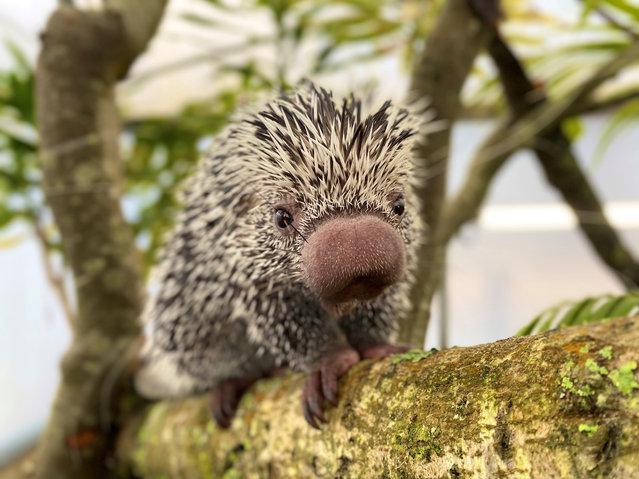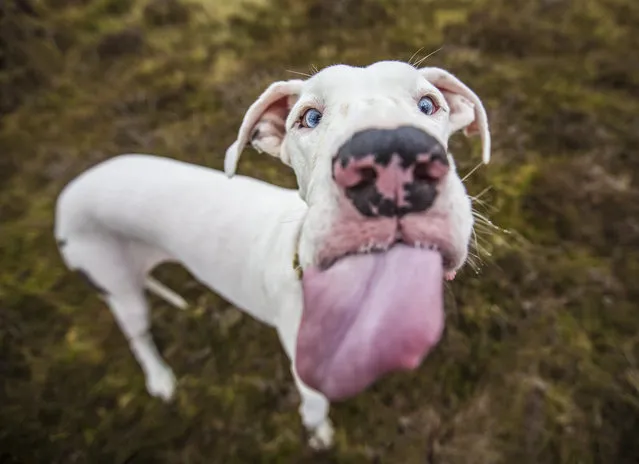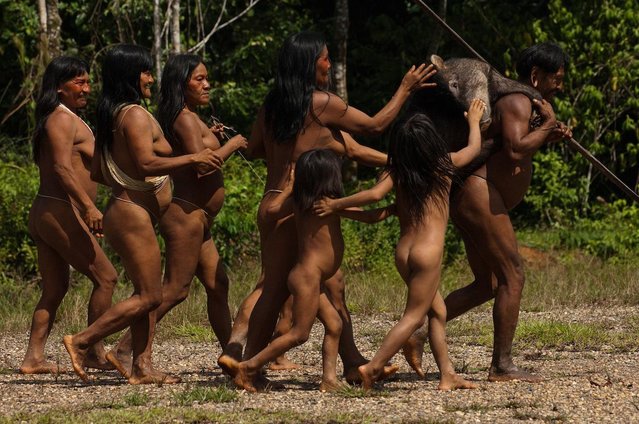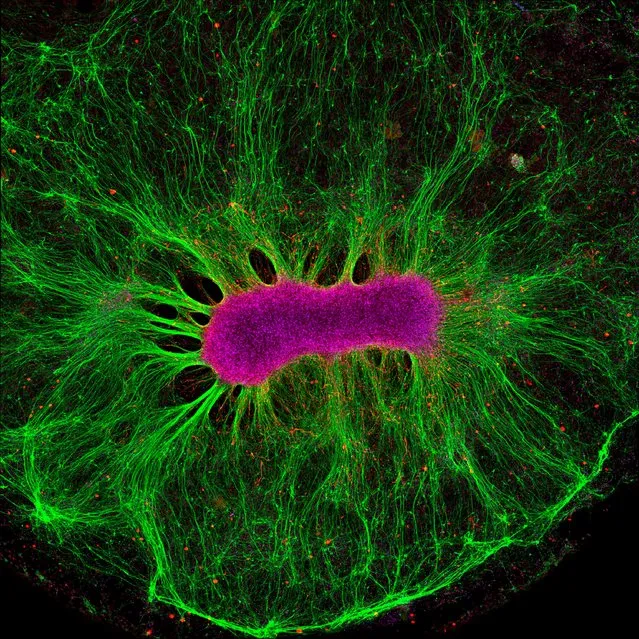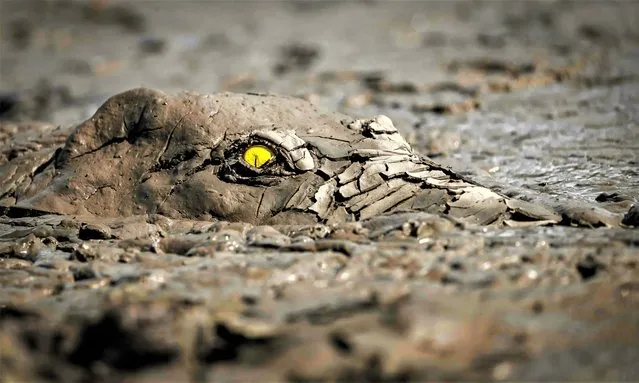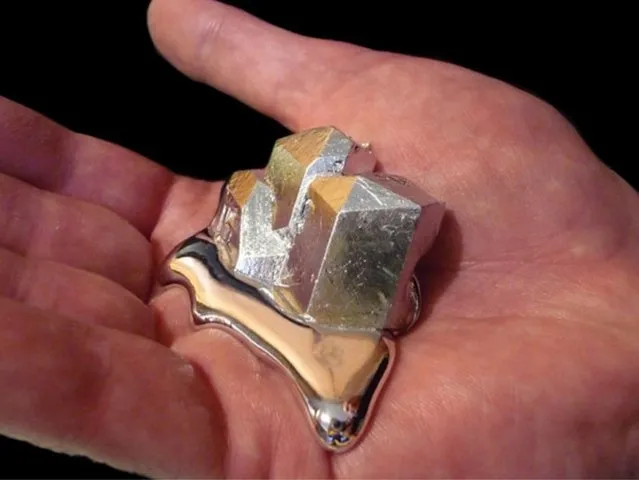
Participants wearing East Asian traditional costumes take photos during the 88th annual Hollywood Christmas Parade in Hollywood, California, USA, 01 December 2019. (Photo by Christian Monterrosa/EPA/EFE)
04 Dec 2019 00:01:00,post received
0 comments

